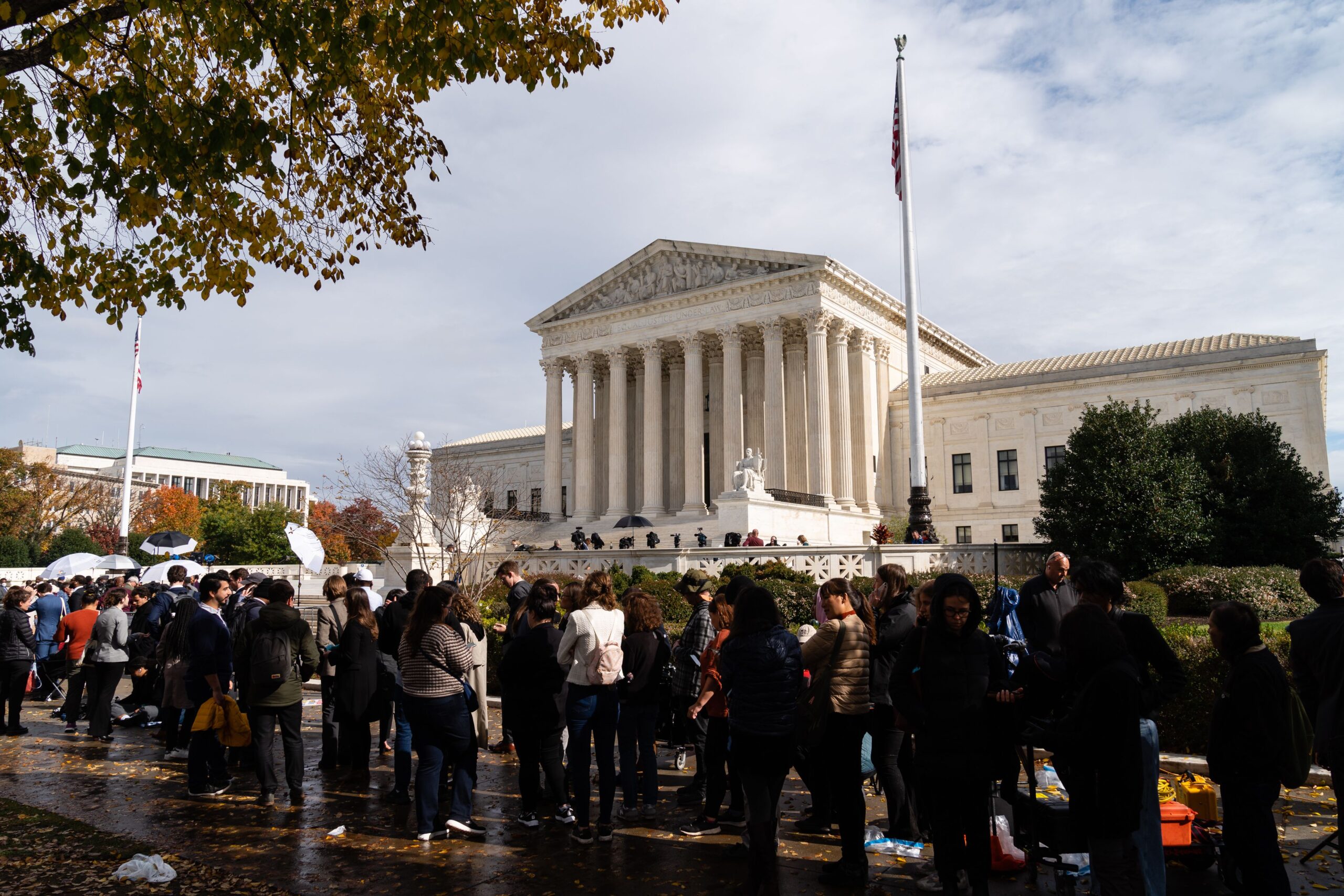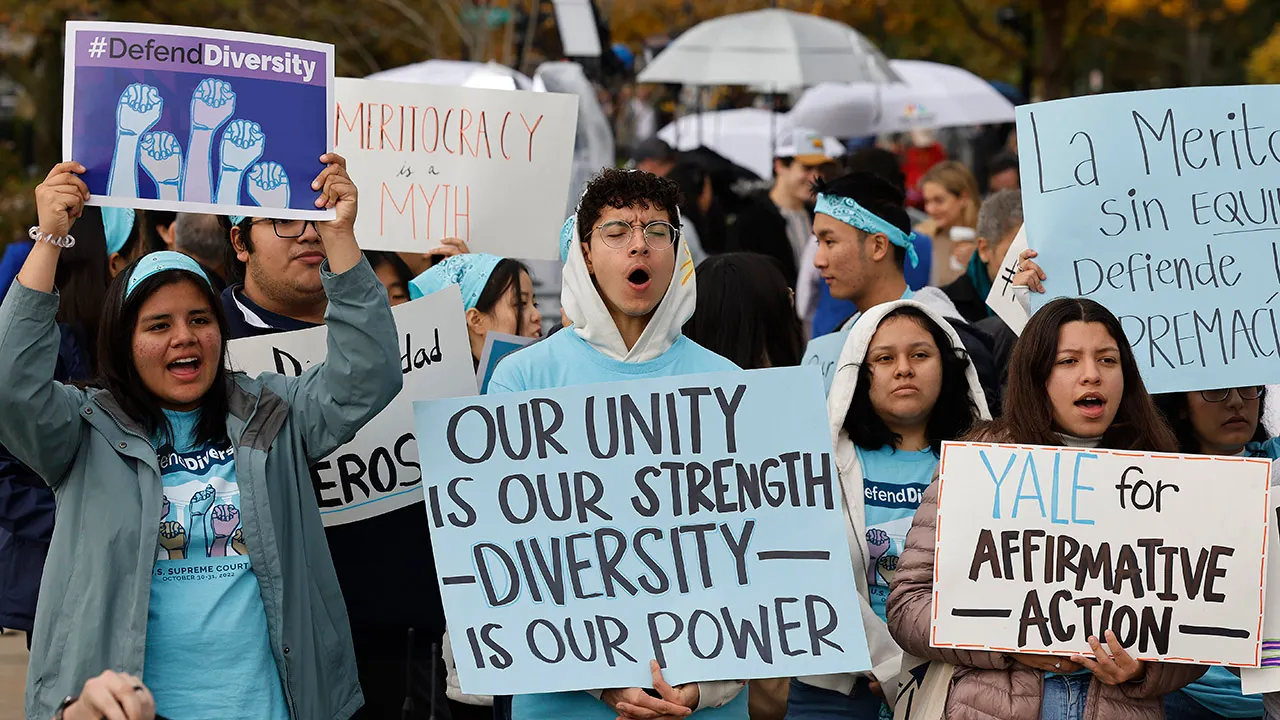Main Highlights:
- The conservative majority on the U.S. Supreme Court expressed a willingness to do away with the use of race in university admissions, raising questions about the viability of measures that proponents claim are necessary to ensure diverse student populations at the country’s most elite colleges.
- Oboe players were not the cause of our civil war. Because we fought a civil war to end racial discrimination, this issue is quite concerning.
- Abolishing race-conscious admissions, according to Students for Fair Admissions attorney Patrick Strawbridge, wouldn’t stop institutions from taking a student’s experience fighting bigotry into account.
The conservative majority on the U.S. Supreme Court expressed a willingness to do away with the use of race in university admissions, raising questions about the viability of measures that proponents claim are necessary to ensure diverse student populations at the country’s most elite colleges.
On Monday, the justices heard arguments in Washington for about five hours about challenges to affirmative action policies at the University of North Carolina and Harvard College. The justices’ divisions were profound, mostly, if not entirely, along ideological lines.
A few of the conservatives claimed that they believed affirmative action, which the court originally sustained in 1978, had reached the end of its usefulness. They argued that the Supreme Court never thought that racial preferences in admissions would continue indefinitely, and they frequently asked the programmes’ supporters to specify a conclusion.
What will you be saying in 2040 when you are up here? Justice Amy Coney Barrett posed a question to Ryan Park, the state’s attorney general. Are you still defending it, like this is forever and it will never end?

Although race-conscious admissions at public colleges are prohibited in nine states, including California and Florida, affirmative action is still often used at elite universities.
As they concentrated on the effects on society as a whole, the court’s outnumbered liberals sought to make the point that if the practice were outlawed, there may be fewer Black and Hispanic students at many of the top colleges.
In your opinion, it wouldn’t matter if there was a sharp drop in minority admissions, whether they were Hispanic or African American, Justice Elena Kagan responded. The “pipelines to leadership in our society,” as she put it, are colleges.
Conservative members of the court, however, implied that they were more focused on putting a stop to what some of them saw to be racial discrimination in violation of the Constitution’s equal protection guarantee.
Oboe Players
Seth Waxman, an attorney for Harvard, compared the application of race to giving precedence to an oboist in a year when the college symphony needed a new musician. Chief Justice John Roberts reacted angrily to this comparison.
As Roberts put it, “Oboe players were not the cause of our civil war. Because we fought a civil war to end racial discrimination, this issue is quite concerning.
The current college admissions cycle may be the final one to use affirmative action when the court rules on the cases, which is expected to happen by June.

In 2003, the court’s Grutter v. Bollinger ruling, which maintained that colleges can take race into account in admissions to increase campus diversity, was upheld court. Racial preference opponents are now working to get that judgement overturned.
Clarence Thomas, the chief justice, made it plain that he did not believe that schools should be permitted to establish racial differences because diversity is too nebulous a term.
Thomas remarked, “I don’t know what the word diversity means, although I’ve heard it a lot. It appears to have meaning for everyone, everywhere.
When Park said that diversity offered educational advantages, Thomas said he didn’t “place much confidence in that since I’ve heard similar arguments in support of segregation, too.”
Justice Ketanji Brown Jackson, the court’s newest member and first Black woman, disputed the notion that colleges were granting broad racial favours. According to her, North Carolina only took into account racial factors when specific students indicated in their applications that race played a significant role in who they are.
“This is not a circumstance where the university is requesting or telling every candidate, ‘Give us your race so that we can classify them so that we can give specific people privileges,'” Jackson said. “The only reason the university is aware of the race of any of these candidates is that they willingly provided that information.”
After serving a six-year term on the Board of Overseers at Harvard University, Jackson withdrew from the Harvard lawsuit and is now just participating in the North Carolina case.
The opponents of racial preferences are attempting to take advantage of a court that has been more conservative since the Grutter ruling in 2003.
The colleges are defending themselves against legal actions brought by Students for Fair Admissions, a group that opposes favours and claims to be made up of rejected students from both institutions. Edward Blum, a former stockbroker, is in charge of the company.

A conclusion
Even in the 2003 case, the court seemed to be saying that affirmative action’s time was running out. “We assume that the application of racial advantages will no longer be required in 25 years,” Justice Sandra Day O’Connor wrote in the majority judgement.
On Monday, the right wing regularly cited that text. ‘This is terrific, we accept this,’ Gruter doesn’t say,'” Barrett remarked. “This is risky, and it needs to have a conclusion,” adds Grutter.
Another attorney supporting the North Carolina provision was informed by Justice Brett Kavanaugh that “you would extend it much beyond 25 years, indefinitely.”
Abolishing race-conscious admissions, according to Students for Fair Admissions attorney Patrick Strawbridge, wouldn’t stop institutions from taking a student’s experience fighting bigotry into account. And he said that institutions may continue to make diversity a priority as long as they employed racial-neutral methods to achieve it.

Another conservative, Justice Neil Gorsuch, stated that institutions would be able to increase diversity by doing away with privileges for athletes, alumni children, and wealthy benefactors.
He questioned Park, the North Carolina lawyer, “Is there compelling interest in a squash team made up of exceptionally strong players or a new art museum?”
The trial judge in the North Carolina case, according to leftist Justice Sonia Sotomayor, ruled that the race-neutral approaches suggested by the challengers would result in a decrease in diversity. Sotomayor has acknowledged that she is a beneficiary of affirmative action.
I examined every one of your simulations, Sotomayor remarked. “The district court concurred. White representation either increased or remained constant across all of them. Additionally, although some minority groups grew, others did not. Black populations dropped in each of your scenarios.
The equal protection provision does not apply to Harvard because it is a private university and exclusively deals with government entities. The Civil Rights Act’s Title VI, which protects beneficiaries of federal monies and forbids discrimination “based on race, colour, or national origin,” is the subject of the lawsuit against Harvard.
The equal protection provision of the Constitution, as well as Title VI, are both cited in the North Carolina action. In 1978, the Supreme Court ruled that the two clauses placed identical legal obligations on colleges.









